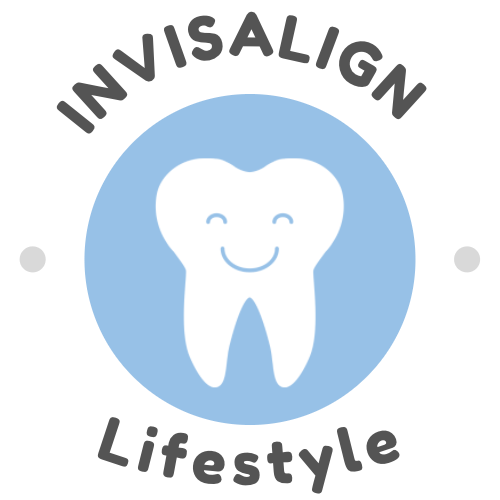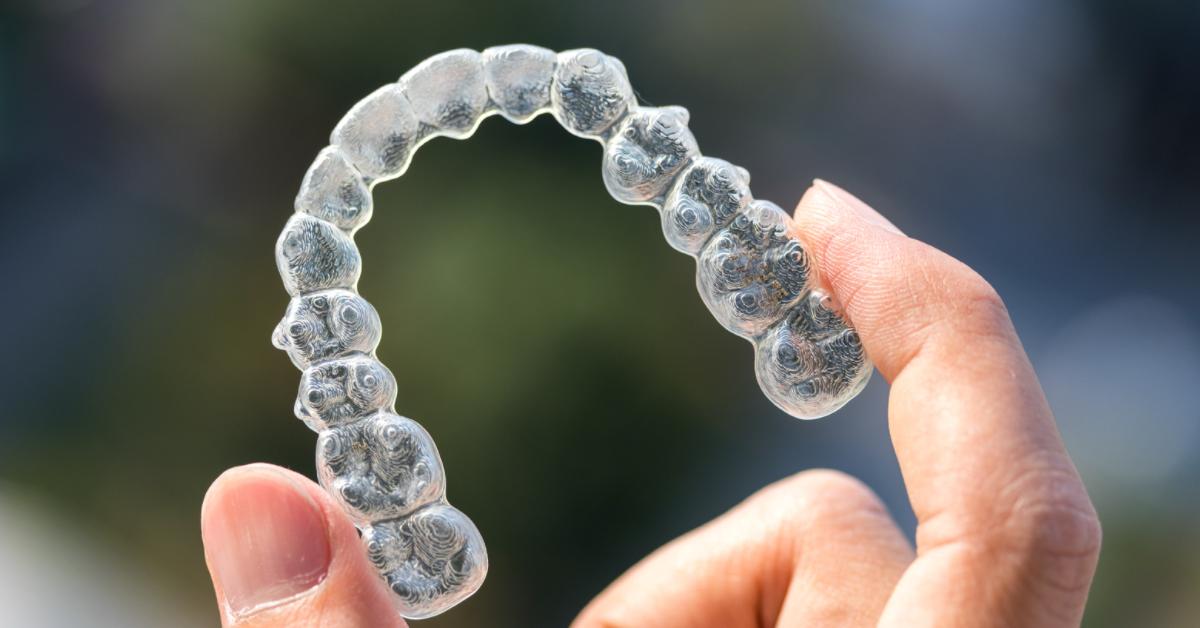Invisalign: What You Need to Know
If you’re like most people, you probably think of braces when you hear the word Invisalign. But what is Invisalign, exactly? And how is it different from traditional braces? In this post, we’ll take a closer look at Invisalign and explain why it’s such a popular choice for people with crooked teeth. We’ll also dispel some common myths about Invisalign and tell you what to expect if you decide to get treatment. So if you’re interested in learning more about Invisalign, keep reading!
What is Invisalign?
Invisalign is a type of orthodontic treatment that uses a series of clear plastic aligners to straighten teeth. The aligners are custom-made for each patient and are worn for about one to two weeks at a time. Throughout treatment, you will wear your personal retainers.
Benefits of Invisalign
One of the biggest benefits of Invisalign is that it’s virtually invisible. Most people won’t be able to tell that you’re wearing braces, which is perfect if you don’t want to draw attention to your teeth! In addition, Invisalign seems to be much more comfortable than traditional braces. Another advantage is that Invisalign doesn’t require any special cleaning or maintenance on your own teeth. You can just brush and floss your teeth like normal.
How is Invisalign Different from Traditional Braces?
There are a few key differences between Invisalign and traditional braces. First, Invisalign is more comfortable to wear; many people find that they don’t experience the same level of discomfort as with braces. Second, Invisalign is much more discreet; as we mentioned before, most people won’t be able to tell that you’re wearing braces at all. Finally, Invisalign is removable; this means that you can take them out whenever you need to eat or drink something. With traditional braces, you have to be careful about what you eat and drink because some foods and drinks can get stuck between the metal braces.
What should I know before getting Invisalign?
Yes! There are a few things you should keep in mind before getting Invisalign treatment:
First, the aligners must be worn for at least 22 hours per day; if you don’t wear them for the full amount of time, your teeth may not move as quickly (or even worse!). During treatment, you may experience some slight discomfort as your teeth move into their new position. This especially is the case with new aligners. That’s why I advise you to switch to a new aligner right before going to bed!
Second, you will need to have regular check-ups with your orthodontist throughout treatment; this is to ensure that your teeth are moving in the correct direction and that there are no problems.
Finally, there could be a chance that Invisalign will not work if you have a severe case of crooked teeth. If you’re unsure about whether or not Invisalign is right for you, talk to your orthodontist. Since you could be surprised by what these small pieces of plastic can do!
What can I expect during Invisalign?
Treatment with Invisalign usually takes up at least a few months, although it may vary depending on your own situation. I personally have been wearing Invisalign for over a year!
What are the advantages of Invisalign?
Invisalign is a type of orthodontic treatment that uses clear plastic aligners to straighten teeth. The advantage of using Invisalign instead of traditional braces is that it is more discreet – many people won’t even know that you’re wearing them. Additionally, Invisalign is removable, which makes it easy to eat and drink what you want. The disadvantage of Invisalign is that it can be more expensive than traditional braces, and the treatment time may be a little longer.
Costs of Invisalign
The cost of Invisalign varies depending on your location and the type of treatment you need. However, the average cost for a full course of treatment is around $5000. Treatment times vary from patient to patient, and costs will increase if your treatment is longer!
My costs of Invisalign are about 4000 euro (I’m from The Netherlands).
Am I a Good Candidate for Invisalign?
In general, people with mild to moderate cases of crooked teeth are good candidates for Invisalign. If you have extensive dental work that needs to be done or if your teeth are severely misaligned, braces may be a better option. It is recommended that you talk to an orthodontist near you.
What Are the Disadvantages of Invisalign?
The main disadvantage of Invisalign is that it’s more expensive than braces. Additionally, since they are removable, there is a greater risk of losing or damaging them. And finally, Invisalign may not be suitable for people with severe dental problems.
Considering getting Invisalign braces?
If you’re considering Invisalign, we hope this post has answered some of your questions. If you have any questions, please let us know in the comments. Ready to get started with Invisalign braces? We highly recommend talking to an orthodontist near you to see if Invisalign is right for you; they can help you determine whether or not you’re a good candidate for the treatment.
Thanks for reading!

